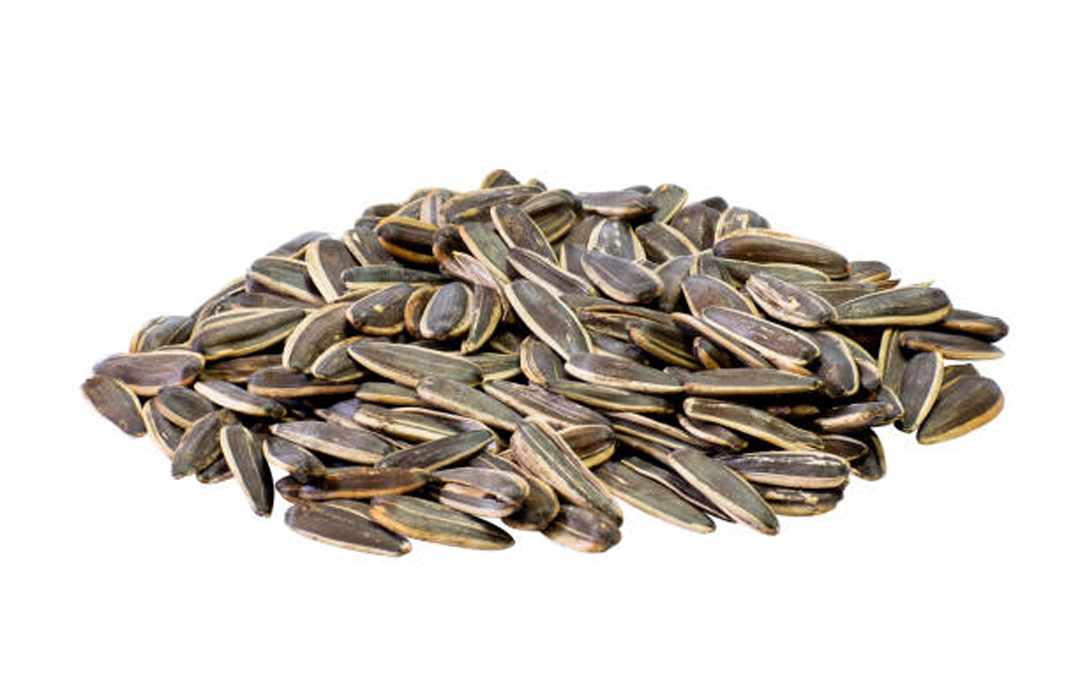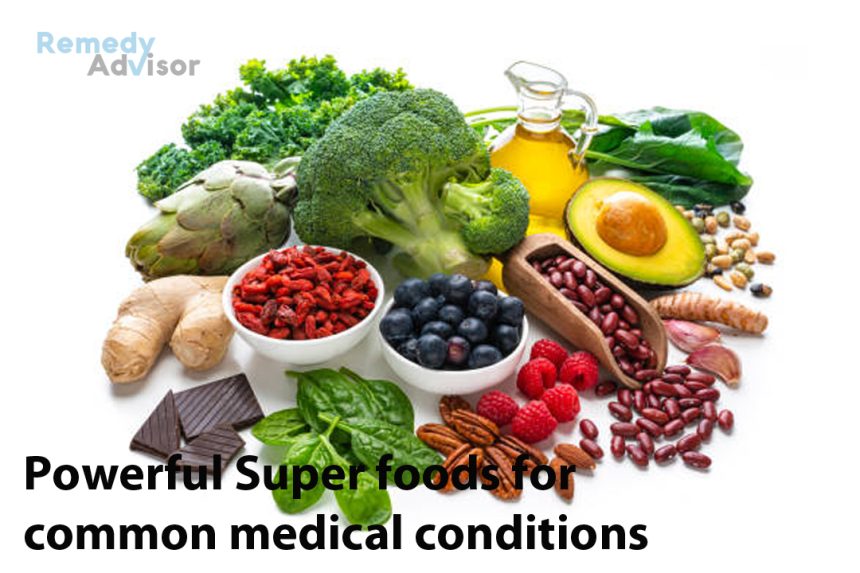Some foods have received so much attention recently for their disease-fighting benefits that they have been dubbed “super foods.”
Wild salmon, for example, is rich in omega3fatty acids, which counter the inflammation associated with arthritis and help reduce levels of harmful blood fats (triglycerides) that can contribute to heart disease and blueberries and blackberries contain antioxidants known as anthocyanins that help guard against memory loss.
But top nutritionists know there are lesser known foods that are just as healthful as these popular super foods. Adding these other foods to your diet not only gives you more variety in planning meals, but also broadens the range of nutrients you are consuming.
Common medical conditions and the best foods to relieve symptoms
Arthritis
Wild salmon’s inflammation-fighting properties help guard against the pain associated with osteoarthritis and rheumatoid arthritis. Other foods for arthritis
• Pacific oysters
Pacific oysters contain high levels of inflammation-fighting omega-3 fatty acids as well as the mineral selenium, which has antioxidant properties that may help prevent the cartilage damage that can lead to osteoarthritis. Other omega-3-rich foods include Atlantic mackerel (not king mackerel, which is too high in mercury) and sardines (fresh or canned). Wheat germ is another good source of selenium. Have one serving (three to four ounces) of oysters or other omega-3-rich fish three times per week. (Avoid raw oysters they are often contaminated with harmful bacteria.) Two tablespoons of wheat germ daily is best.
• Pumpkin
Pumpkin is a rich source of beta-carotene and beta-cryptoxanthin, antioxidants that help reduce the risk for osteoarthritis and rheumatoid arthritis. Eat at least one-half cup daily of pumpkin (fresh or canned) or an orange-colored vegetable or fruit, such as oranges and carrots.
• Onions
Onions contain high levels of quercetin, an antioxidant that has powerful anti-inflammatory effects. Add onions to your meals every day, in whatever quantity you desire.
• Fortified skim milk
Fortified skim milk has significant amounts of vitamin D. Vitamin D helps preserve cartilage and may reduce the risk of developing arthritis. Drink one to three cups daily.
Eye disease
Spinach has achieved super food status as a rich source of the antioxidant lutein. It helps fight cataracts (clouding of the lens that leads to progressive loss of vision) and macular degeneration (age-related damage to the central area of the retina) by protecting the eyes from the harmful effects of ultraviolet light. Although these conditions cannot be “cured,” some foods can help slow their progression. Foods for eye disease
• Bell peppers
Bell peppers (any color) are rich in lutein as well as vitamin C, an antioxidant that may help reduce the risk for cataracts and macular degeneration by protecting cells from damage caused by free radicals (harmful molecules that can cause oxidative damage to the body’s cells). Other good sources of lutein and vitamin C are summer squash, mustard greens, Brussels sprouts, turnip and kale. Eat at least one-half cup most days of the week.
• Sunflower seeds

Sunflower seeds are proven sources of the B vitamin niacin. This nutrient may help prevent cataracts by promoting blood vessel health, which improves circulation to the eyes. Sunflower seeds also contain the mineral zinc, which is critical for retina health. Add unsalted seeds to salads or eat as. a snack every day one serving is one-quarter cup in the shell (or one to two tablespoons shelled).
• Asparagus
Asparagus contains lutein as well as the antioxidant vitamin E, which protects against free radicals that can damage the eyes. Eat asparagus twice a week. One serving is about eight spears.
• Sweet potatoes
Sweet potatoes are packed with beta-carotene, which may help reduce the risk for macular degeneration by curbing free radical damage. Other good sources are carrots, cantaloupe and apricots. Have at least one-half cup daily.
Heart disease
Wild salmon decreases levels of harmful triglycerides and raises beneficial HDL cholesterol levels. Other helpful foods are
• Rainbow trout
Rainbow trout (wild or farmed) is rich in omega-3 fatty acids and can be substituted for wild salmon. Other good sources of omega-3s include anchovies, sardines, Atlantic mackerel, walnuts and flaxseed (ground). Have three to four ounces of fish three times per week one-quarter cup of walnuts per day or one to two tablespoons of ground flaxseed daily.
• Wheat germ
Wheat germ contains cholesterol-lowering plant sterols, as well as magnesium (for healthy blood vessels) and vitamin E. Aim to have two tablespoons daily.
• Psyllium seeds
Psyllium seeds (ground) provide the high levels of soluble (dissolves in liquid) fiber needed to reduce LDL “bad” cholesterol and lower blood pressure. Some whole-grain breakfast cereals are good sources of psyllium seeds. Eat three to seven half-cup servings weekly of cereal that contains psyllium seeds.
• Garbanzo beans
Garbanzo beans are rich in soluble fiber as well as magnesium. Together, these nutrients can lower blood pressure and LDL cholesterol. Eat at least one-half cup per day.
• Turnip and mustard greens
Turnip and mustard greens have high levels of the B vitamin folic acid, which reduces levels of homocysteine, an amino acid linked to heart disease. Other good sources of folic acid include beets and broccoli. Have at least one-half cup per day
Memory loss
Blueberries and blackberries usually top the list of foods that help promote brain function. Other memory-protecting foods are
• Apples
Apples (with skin) are similar to blueberries and blackberries (fresh or unsweetened frozen) they contain anthocyanins and quercetin, which are believed to slow the progression of age-related memory loss by promoting blood flow through vessels to the brain. Other good sources of anthocyanins and quercetin include red and black grapes, red cabbage and red onions. Have one-half cup three days per week.
• Coffee
Coffee temporarily improves memory skills and reaction time, but only when it contains caffeine, which stimulates nerve cells in the brain’s prefrontal cortex region. Drink two eight-ounce cups of caffeinated coffee daily.
• Herring
Herring and other omega-3-rich foods slow age-related memory decline because these fatty acids promote blood flow to the brain. Another good source of omega-3s is omega3-fortified eggs. Have three to four ounces of herring or other omega-3-rich fish three times weekly or two eggs three times a week.
Lentils contain folic acid, which is believed to help memory by keeping blood vessels healthy and lowering homocysteine. Eat one-half cup (cooked) daily.







